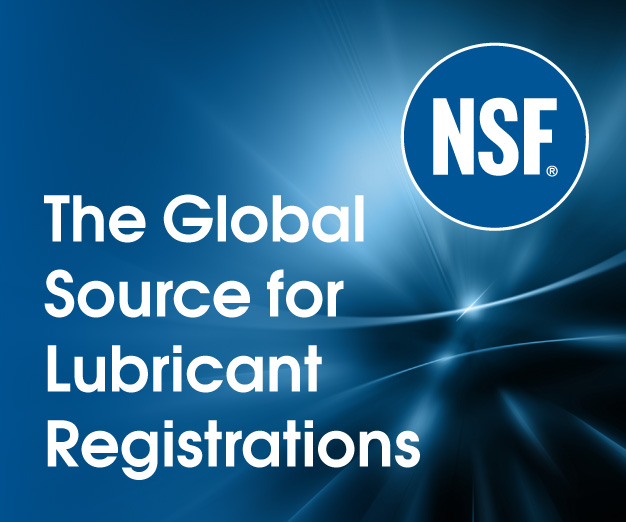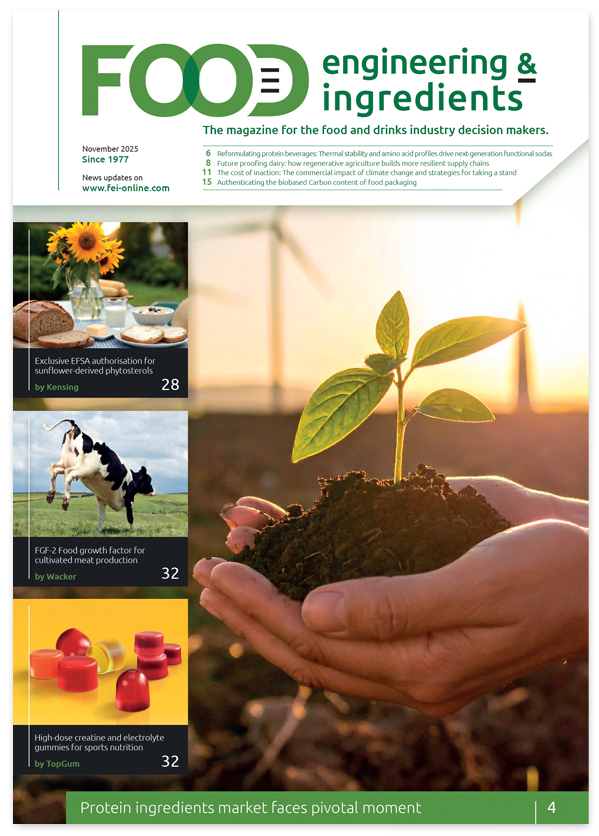NetWave project uses ultrasonic technology to clean up aquaculture
Aquaculture is often overrun with unwanted visitors. The accumulation of marine microorganisms on infrastructure is known as biofouling, and it brings a range of problems, including harmful environmental impacts, degradation of equipment, and increasing labour needs.
Current removal methods account for up to 20% of costs for aquaculture farms. Biofouling can cause excessive loads, clog up cage nets and prevent the circulation of oxygen-rich water. Maintenance can require cleaning with robots, divers or pressurised water jets, which have high costs and can affect fish welfare and production. Other options include biocide chemicals, some of which are soon to be phased out; and net replacement, which can stress and kill fish.
The EU-funded NetWave project < www.netwavesystem.eu > has developed a promising new alternative: a technology that uses ultrasonic wave technology to prevent biofouling, increasing operational efficiency and reducing environmental and ecological damage. The technology uses a smart farming application to function autonomously, and brings a digital edge to Europe’s aquaculture industry. “NetWave’s technology stands out in the market due to its chemicalfree approach, efficiency in preventing biofouling, longevity of effect, reduced environmental impact, and integration with advanced monitoring systems,” explains Sinem Zeytin, postdoctoral researcher at the Alfred Wegener Institute Helmholtz Centre for Polar and Marine Research (AWI) in Germany and NetWave project researcher.
The proposed technology called NetWave, developed along with partners NESNE and SOFCHEM, deters microorganisms from attaching to aquaculture structures and materials. The system is already in use as an alternative to antifouling coating on boat hulls and has shown promising results. Unlike boat hulls, fish farm nets are soft and supple, so the team had to adapt the technology to create a sweeping but focused effect. The team tested several prototypes in controlled environments, validating and improving the technology’s ability to prevent biofilm formation. Engagement with fish farm operators, industry associations and technology providers generated valuable real-world insights. The technology was then upscaled to create commercially viable systems.
The NetWave team also conducted field trials in Türkiye to assess the technology in real-world settings, and to test its effects on the high-value European sea bass. Commercial aquaculture fish farm staff monitored the ultrasound device system, and recorded fish behaviour and feed intake each day. In addition, the AWI team assessed health parameters such as growth and immune responses. A total of 200 European sea bass were sampled for further laboratory analyses. “Overall, growth, feed intake and behaviour of European sea bass were unaffected,” notes Zeytin.
The most significant outcomes of the NetWave project include the successful development of the system, and the validation of its efficacy, improved operational efficiency, and environmental sustainability. “These outcomes collectively position NetWave as a productive system in the aquaculture industry, offering a sustainable and efficient solution to prevent biofouling, enhance productivity and promote responsible aquaculture practices,” adds Zeytin. Following the success of the project, the team will now shift focus towards the next phases aimed at bringing the technology to the commercial market. “Plans are in place to introduce the ultrasonic antifouling system to aquaculture stakeholders, including fish farm operators and industry partners,” says Zeytin.




